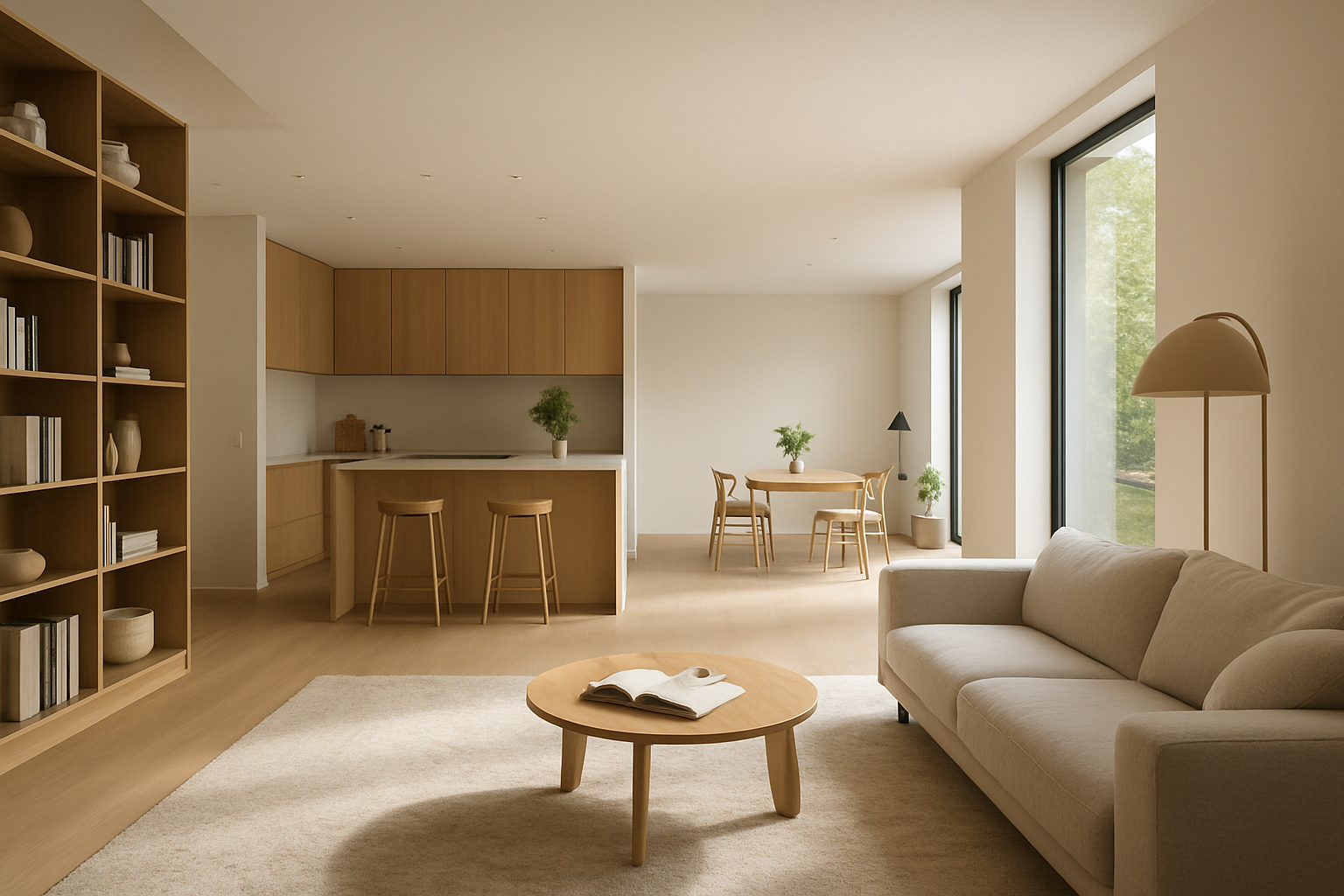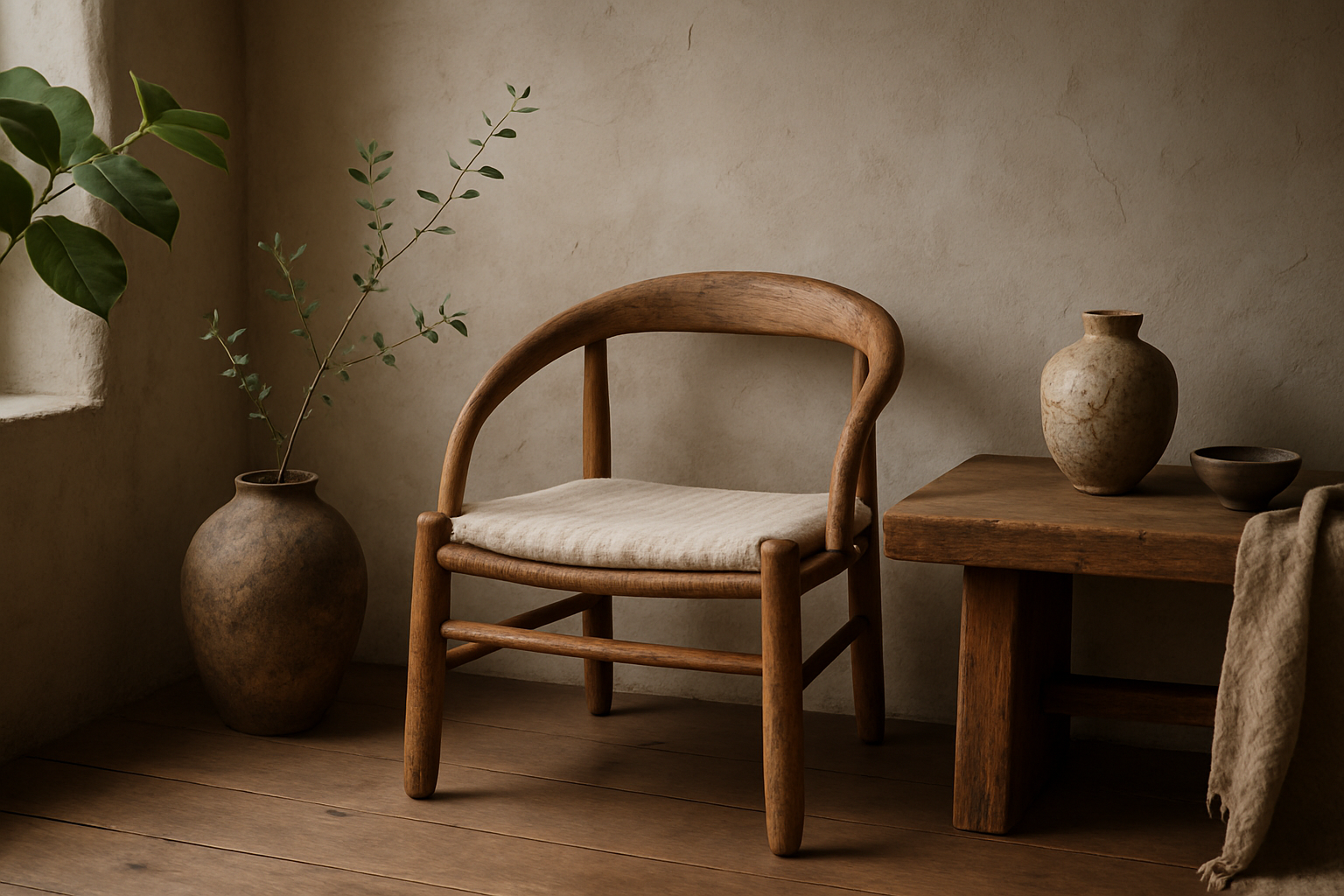Discover the Serenity: Marrying Minimalism with Monastic Design
A trend that has quietly been gaining momentum in the world of interior design is the fusion of minimalism with monastic aesthetics. The symbiosis of these two design philosophies brings forward a unique approach to home décor, a serene and contemplative sanctuary that promotes introspection and peace.

The Origins of Monastic Minimalism
Monastic minimalism, as the term suggests, draws its inspiration from the austere living conditions of monks and nuns. Monastic life is characterized by simplicity, with everything centered on functionality and necessity. Over time, this way of life has influenced a design aesthetic that is stripped down to the essentials, freeing space from clutter and fostering a tranquil environment. The minimalist movement, on the other hand, emerged in the late 20th century as an antidote to consumerism and excess. The convergence of these two philosophies creates a unique approach to design that prioritizes tranquility, functionality, and understated elegance.
Current Trends in Monastic Minimalism
Today’s designers are increasingly integrating monastic minimalism into modern homes. This design style favors simple, functional furniture, neutral color palettes, natural materials, and lots of open space. The goal is to create a soothing environment that encourages mindfulness and introspection. Key elements include the use of soft, diffused lighting to create a serene atmosphere, the incorporation of meditative elements such as Zen gardens or water features, and the careful arrangement of furniture to facilitate flow and movement.
Practicality and Lifestyle Enhancement
The practicality of monastic minimalism lies in its inherent simplicity. By eliminating unnecessary clutter and focusing on essentials, it promotes a more organized and peaceful living environment. This design style is not only aesthetically pleasing but also has profound psychological benefits, helping reduce stress and create a sense of calm. It also encourages mindfulness and presence, serving as a reminder to appreciate the beauty of simplicity and the importance of introspection in our busy lives.
Research-Backed Impact
Several studies support the benefits of a minimalist lifestyle and environment. Research suggests that clutter can increase stress levels and affect mental health, while a clean, organized space can promote relaxation and improve focus. The monastic minimalism trend aligns with these findings, promoting a lifestyle and design aesthetic that fosters tranquility and mindfulness.
Making Monastic Minimalism Accessible
Adopting a monastic minimalist aesthetic doesn’t require a complete home overhaul. It can be as simple as decluttering and organizing your space, choosing furniture with clean lines and neutral colors, and incorporating elements that promote mindfulness, such as indoor plants or calming artwork. Remember, the goal is not to create a stark or sterile environment, but a space that encourages peace, introspection, and a respite from the outside world.
Monastic minimalism offers a refreshing alternative to the excess and clutter of modern life. By embracing this design philosophy, you can transform your home into a sanctuary of serenity and tranquility, a place where you can disconnect, recharge, and find peace amidst the chaos.





